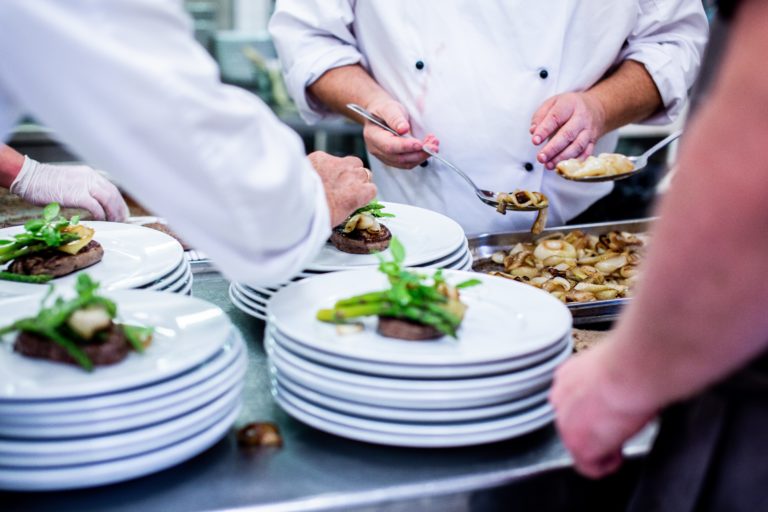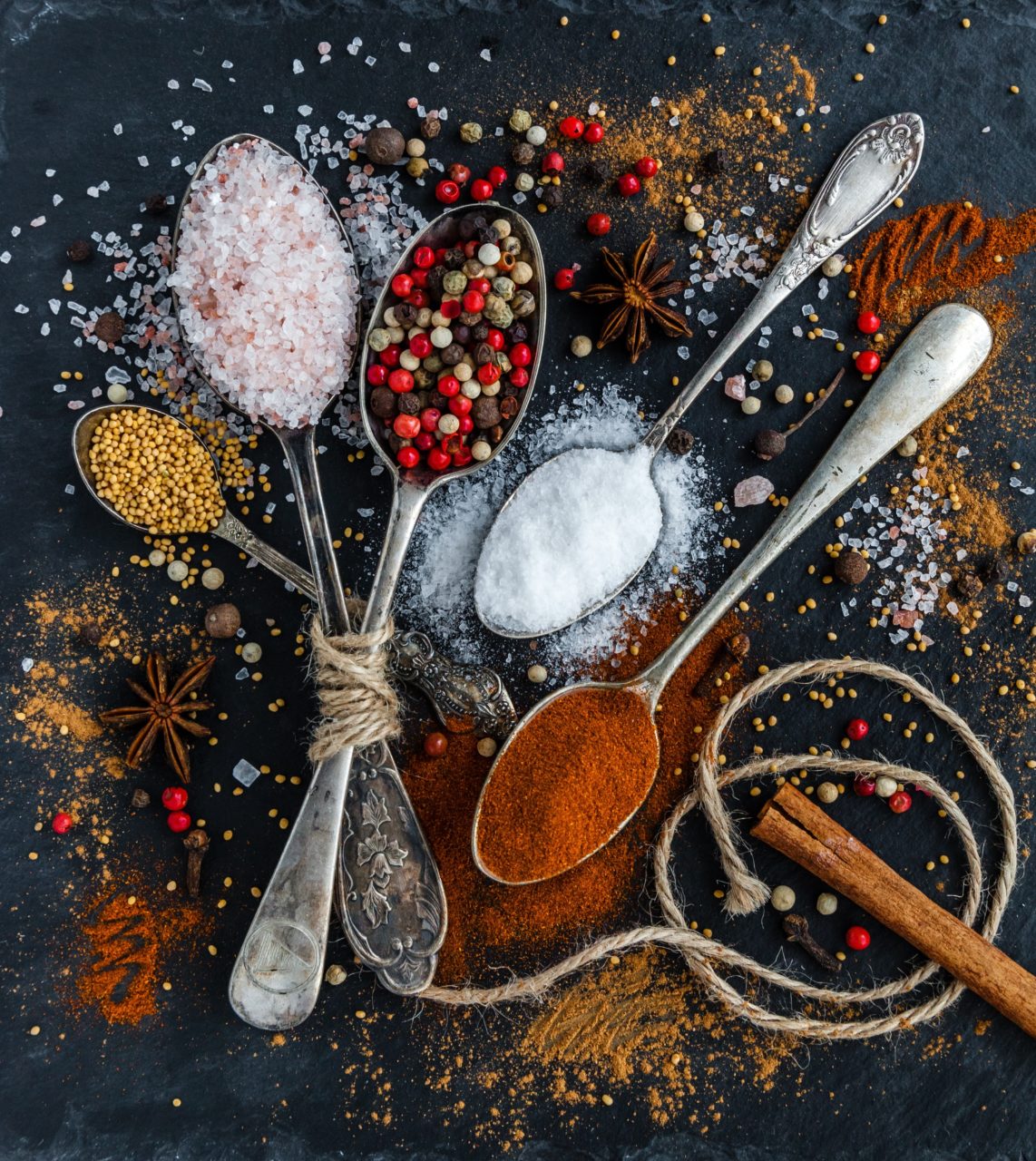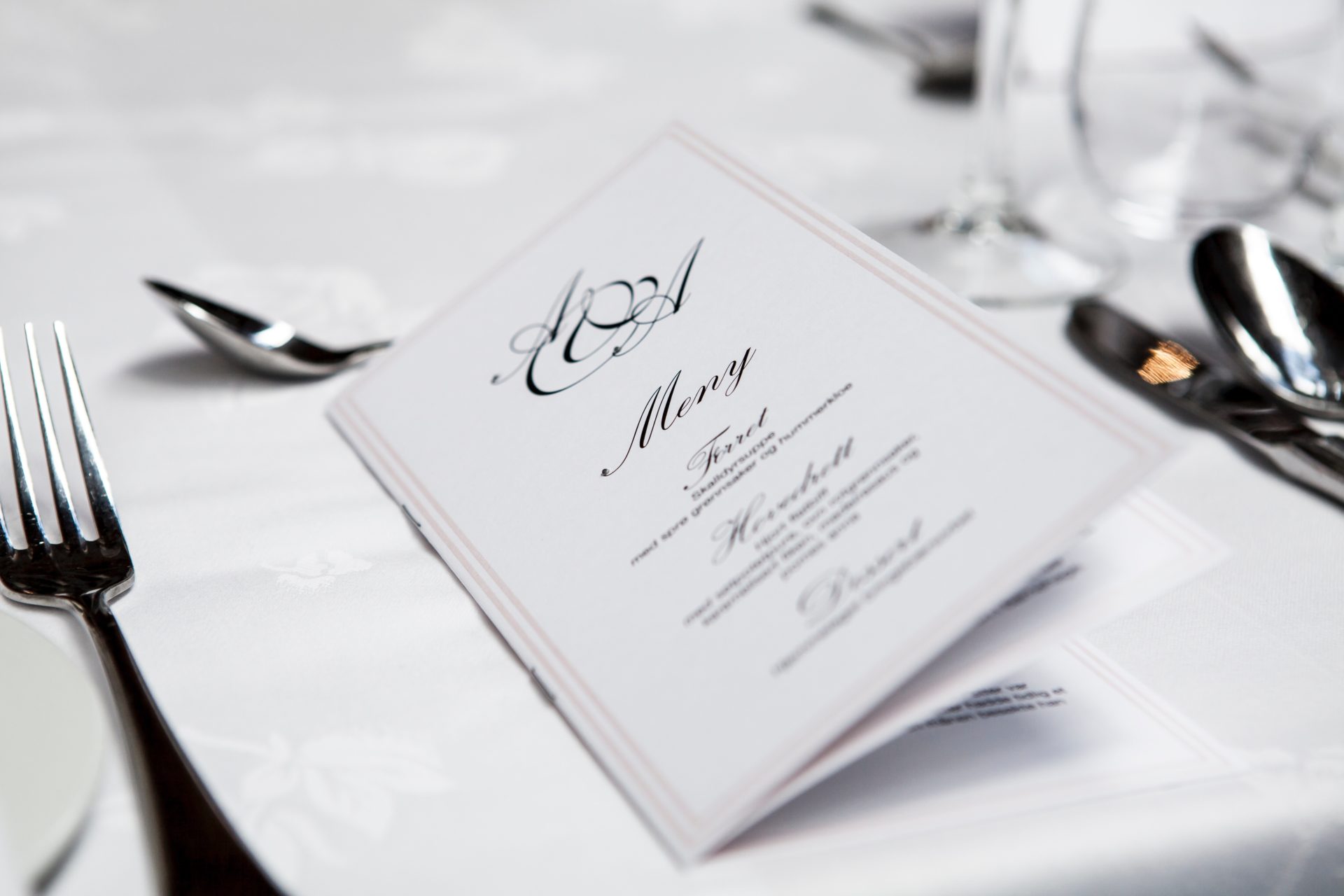
At the heart of every restaurant is their food. Bad food means you’re dealing with a pretty terrible or even dangerous establishment. As a food critic, it’s my job to keep people from eating at venues that don’t have their best interest in mind.
You might be curious about what foodies like myself notice when they are out and about. Here’s a quick list of some of the things I look for when I’m reviewing a restaurant.

Freshness
Without fresh food, a restaurant has nothing. Bad food can and has killed people before. So, I always start with examining the food for signs of less-than-fresh dishes. Some signs are easy to
Fishy smells at seafood or sushi restaurants, for example, are a dead giveaway that the food they’re making isn’t fresh. Wilted lettuce, squishy fruit, stale bread, and food that just doesn’t taste right are dead giveaways.
Some signs of bad food aren’t that blatant. I take notice of special menus that have certain meats or vegetables as main themes. This is a sign that restaurants are making an effort to get rid of stock before it expires!

Ingredients and Sourcing
I’ll admit it, I’m a huge fan of seeing menus that involve exotic ingredients and foods that have their sourcer plainly written for all to see. Why? Because it a sign that the restaurant is dedicated to getting good ingredients, and shows a desire to push the envelope when it comes to menu creation.
That being said, I do try to avoid “trendy” ingredients like truffle or sriracha. These are often used as a marketing technique to grab the attention of others, rather than actually deliver flavor.

Food Taste
What’s a good meal that doesn’t taste great? Nothing, that’s what. At the end of the day, if the food doesn’t taste good, it’s not a good restaurant. No amount of fresh ingredients or cool ideas can make up for food that tastes foul or feels strange in your mouth. It’s really just that simple.
Presentation
Prior to being a food critic, I worked at an online restaurant that shipped foods across the country. To give people an idea of what they’d get, they’d take pictures. One of the photos that was put up looked like cat vomit. The food itself tasted great, but no one wanted to order it due to its appearance.
What I’m saying is that presentation matters. It matters a lot, actually. If the food looks like it was slopped on a plate without a second thought, I won’t be a happy foodie—nor would food bloggers who wanted to add a new shot on their ‘gram.

Menu Decisions
The menu of a venue also can serve as a warning to others. A good rule of thumb among critics is that no menu should be over three pages long. This indicates that the kitchen hasn’t mastered any dishes, or has too many ingredients to actually keep things fresh.
Similarly, a menu that relies on cheese and butter tends to be a warning to me. Fats taste great, but they are often used as a way to avoid skill or cheapen the ingredients that are being served to you. As a result, it’s best to avoid places that regularly push large amounts of grease.
Specializing in a certain type of food tends to be a good sign of a great restaurant. It means that the kitchen knows what they’re doing and will cultivate a menu that works with the brand well.
My Bottom Line
A restaurant critic’s main interest is the food, and they know what to look for when they’re eating out. Freshness, flavor, and presentation are the most important parts of a dining experience, and if you don’t have that, you have nothing at all.